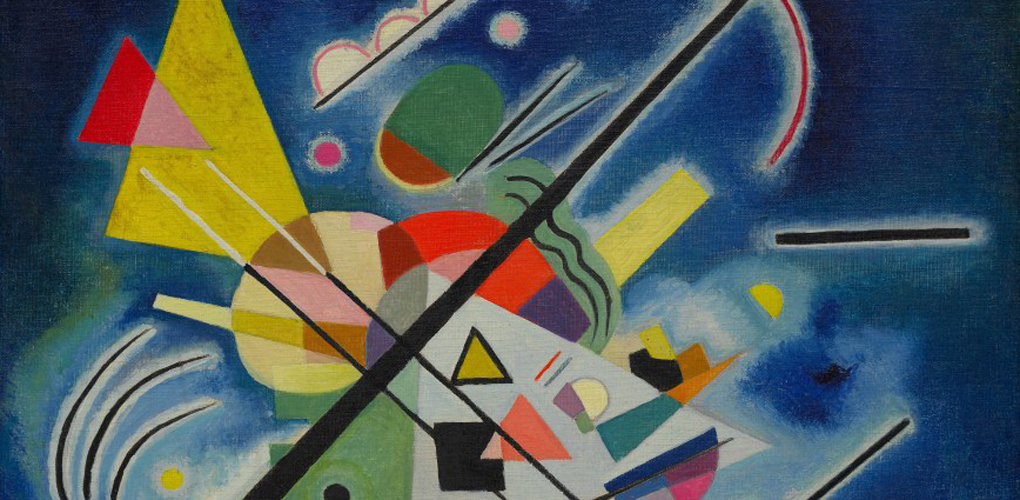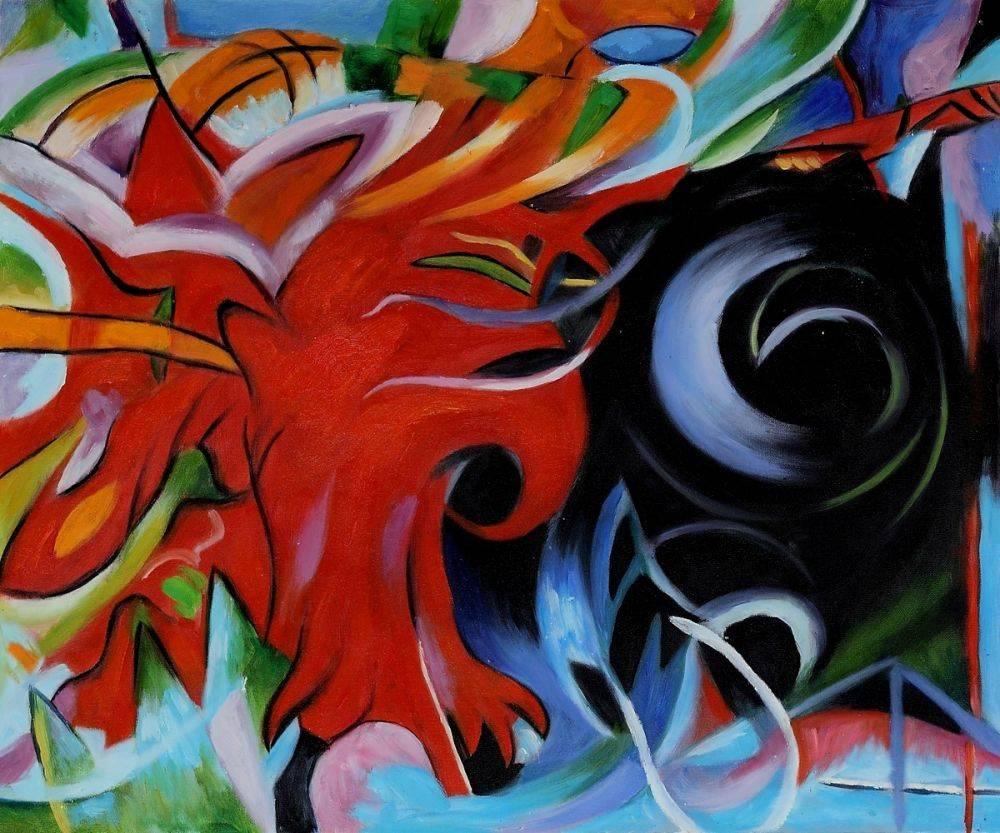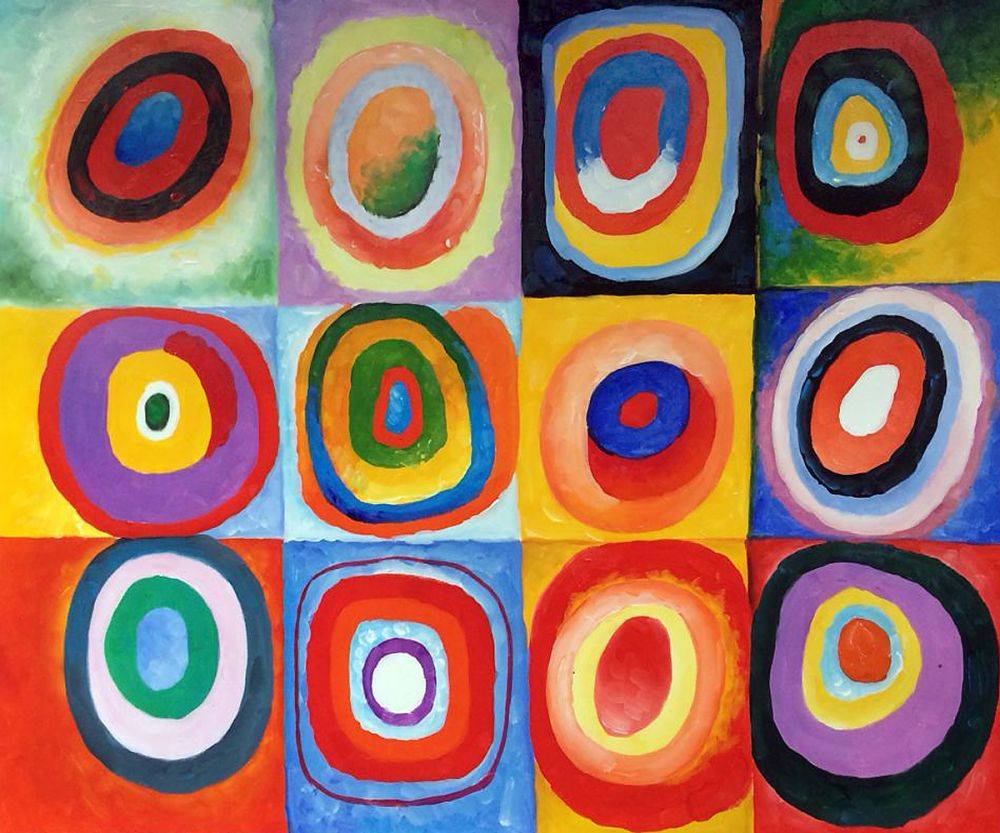Art
Art Reflections
Abstract Expressionism: Why don’t I “get” abstract art?
What is abstract art? What is the point of it? Many people struggle to find an appreciation for something that they do not understand. They look at an abstract painting and become uncomfortable trying to understand what it is that they are looking at. They wonder how it is that this mess of shapes and colors has been praised and applauded by so many. They try to look deeper to see what the artist is wanting to say in a more tangible sense. But is that the point of abstract art?
To begin to appreciate abstract art, you should be prepared to step out of your comfort zone. Do not be afraid of not knowing what you are looking at. The intrinsic concept of abstract art is that it does not have a physical subject, or obvious meaning. Take a step out of the physical world that we live in, and understand that the subject of the painting is no longer an object or a person, but perhaps color, composition, shapes, or a non-concrete concept. Very often, the artist has created this piece meaning for it to be open to your own interpretation.
When the artist creates a piece of abstract art, it is often mean to evoke certain feelings, similar to the way music might. Many people mistake this for “art must be pleasing to the eye.” Art, by no means, is meant to be this way at all times. Art does not have to be beautiful, because when we say art evokes feelings, this includes unpleasant ones too. Art, while it can be happy or sensual, can also shock, horrify, depress, or otherwise upset the viewer.
Abstract art is also a way for the artist to experience the painting in a new way. It is a way of expression, and a way of discovery. Jackson Pollock, when using his dripping technique, was able to see his painting from all angles. He could pour the paint from up high, or get low to the ground to create more intentional strokes. Mark Rothko was particular about the presentation of his work, so much so that he stopped naming or framing his paintings, and even tweaked the lighting for maximum effect. For his large paintings, he intended for the viewer to not only “look upon” an image, but to be engulfed by the image itself.
Because of its non-traditional nature, abstract art has given artists new freedom of creativity. They are able to use what materials they want, create new and different techniques, and non-traditional or even mixed mediums to create their pieces and to give the effect that they want. Looking at abstract art is really quite easy when you are able to understand that it is not trapped by rules or boundaries and it is open to your interpretation of the painting.
Find more here:








